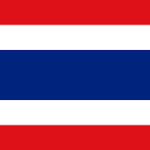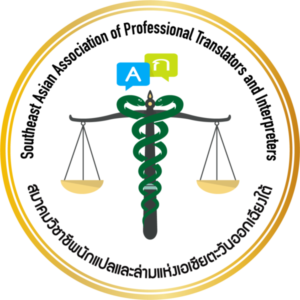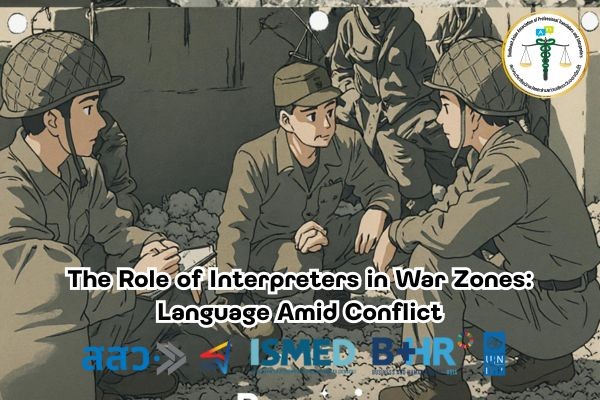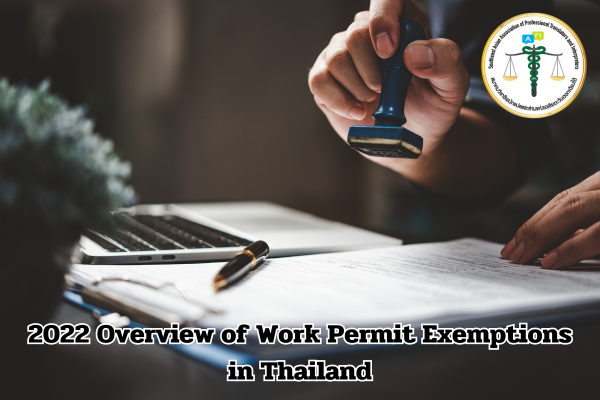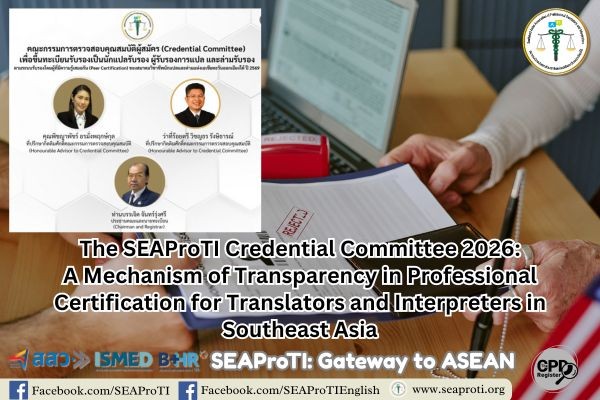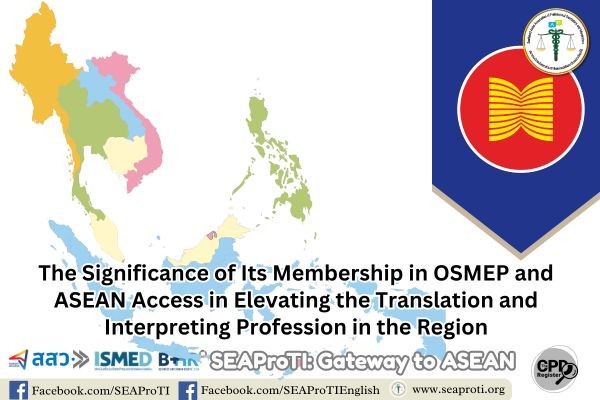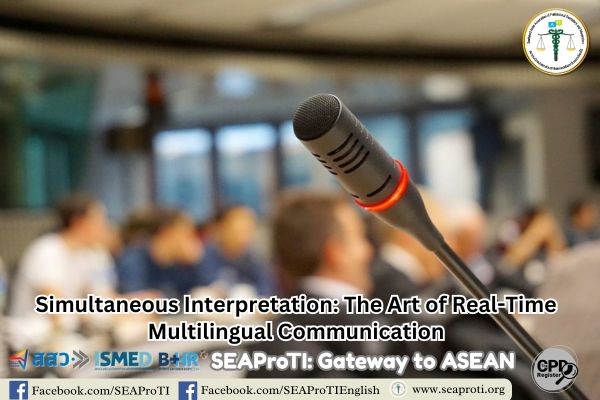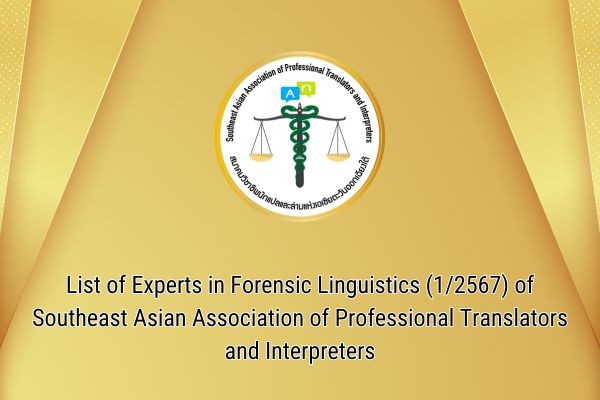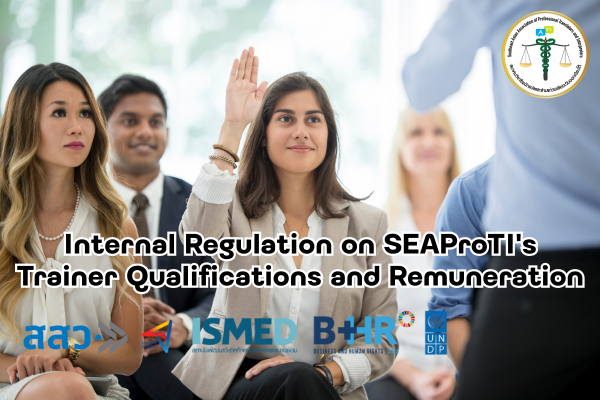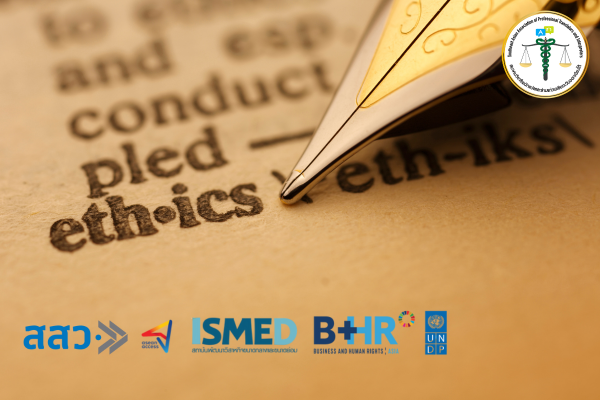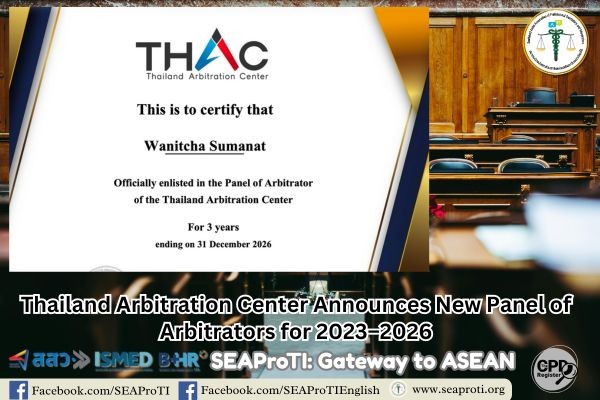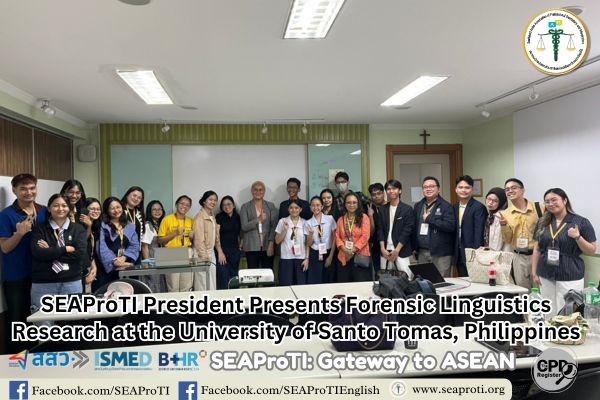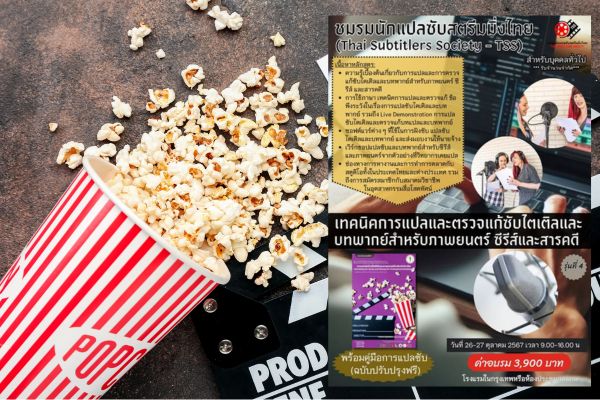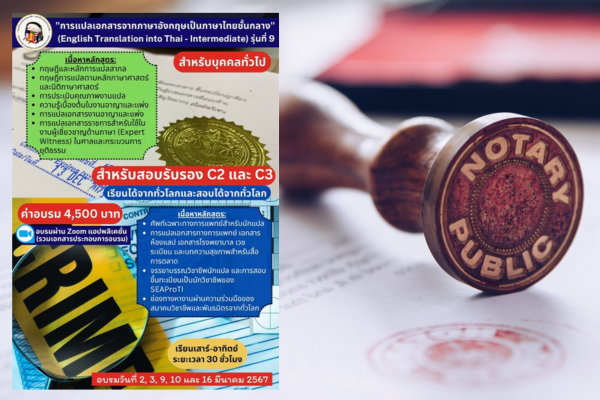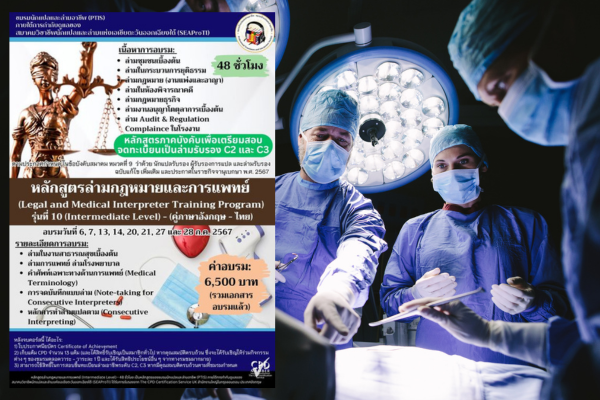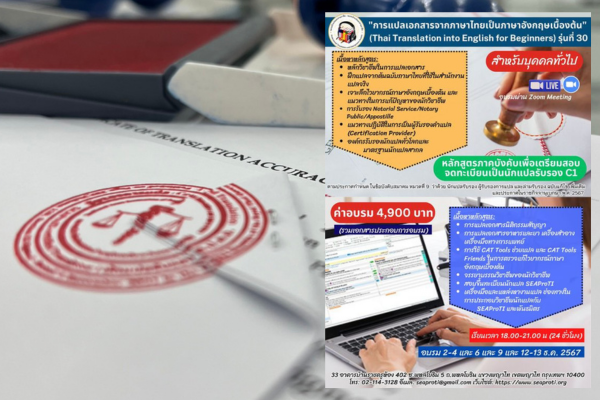The Role of Interpreters in War Zones: Language Amid Conflict
6 June 2025, Bangkok – As novelist Margaret Atwood once observed, “War is what happens when language fails.” In conflict zones, language is not merely a tool of communication—it is a means of survival, negotiation, and sometimes, resistance. When wielded effectively, it fosters understanding and diffuses tensions. When it breaks down, it can trigger conflict, misunderstandings, or even catastrophic violence.
Throughout history, interpreters have played a critical yet often overlooked role in war and diplomacy. As documented in Interpreters as Diplomats: A Diplomatic History of the Role of Interpreters in World Politics, international relations would scarcely have been possible without interpreters acting as linguistic and cultural bridges between parties. Despite this, their contributions have frequently been marginalized in mainstream historical accounts.
According to Jesús Baigorri-Jalón, the major wars and social upheavals of the 20th century generated an urgent demand for interpreters. Interestingly, many individuals who served in this capacity did so not by formal training, but by happenstance, possessing the right language skills at a moment of critical need. Their linguistic capabilities often stemmed from circumstances of forced migration or exile. For instance, during the Spanish Civil War (1936–1939), many children were evacuated abroad to escape aerial bombardments. Those who remained in the Soviet Union became known as “Hispano-Soviet interpreters,” having acquired Russian fluency through prolonged displacement.
Similarly, others became interpreters due to exile caused by fascist regimes, notably Nazism. These unintended linguists became instrumental in bridging divides between nations, militaries, and displaced civilians during wartime.
Interpreters serve vital roles in all phases of armed conflict:
- Pre-conflict and intelligence stages – They facilitate diplomatic dialogue, gather intelligence, and help build strategic alliances.
- During active warfare, they interpret between military personnel from different nations, mediate with local populations, translate for prisoners of war, and assist in psychological operations or propaganda.
- Post-conflict resolution – They are essential in peace negotiations, disarmament discussions, repatriation processes, and humanitarian reintegration efforts.
World War II marked a turning point in the recognition of interpreters as essential wartime operatives. Linguists were formally recruited by the military, foreign ministries, and intelligence services. Gradually, it became apparent that interpreters were not ancillary but central to both strategic and operational success, particularly during the occupation and liberation of territories.
A landmark moment in the history of interpretation came in 1934, when interpreter André Kaminker delivered a simultaneous French rendering of Adolf Hitler’s speech from Nuremberg via radio broadcast. It marked the first instance of simultaneous interpretation in public media—a moment of both technical innovation and profound political resonance, given the speech’s historical implications.
In today’s conflict reporting and international diplomacy, the role of interpreters is receiving renewed attention. The mediatization of war—via real-time broadcasting and globalized information flows—has brought linguists and interpreters from the margins to the center of public awareness. As Baigorri aptly states, interpreters are “gatekeepers in the communication sequence.” Their ability to navigate linguistic codes and contextual subtleties makes them indispensable during the most fragile and volatile of human interactions.
Far from being passive conduits, interpreters in war zones are active agents in shaping the outcomes of conflict. They mediate not only between languages but also between ideologies, emotions, and lives. Their work underscores the paradox at the heart of war: even amid destruction, the human need to understand and be understood endures.
SEAProTI’s certified translators, translation certification providers, and certified interpreters:
The Southeast Asian Association of Professional Translators and Interpreters (SEAProTI) has officially announced the criteria and qualifications for individuals to register as “Certified Translators,” “Translation Certification Providers,” and “Certified Interpreters” under the association’s regulations. These guidelines are detailed in Sections 9 and 10 of the Royal Thai Government Gazette, issued by the Secretariat of the Cabinet under the Office of the Prime Minister of the Kingdom of Thailand, dated July 25, 2024, Volume 141, Part 66 Ng, Page 100.
To read the full publication, visit: the Royal Thai Government Gazette
บทบาทของล่ามในเขตสงคราม: ภาษาในท่ามกลางความขัดแย้ง
6 มิถุนายน 2568, กรุงเทพมหานคร – นักเขียนชื่อดัง มาร์กาเร็ต แอ็ตวูด (Margaret Atwood) เคยกล่าวไว้ว่า “สงครามคือสิ่งที่เกิดขึ้นเมื่อภาษาไร้พลัง” ในเขตความขัดแย้ง ภาษาไม่ใช่เพียงเครื่องมือสื่อสาร แต่คือเครื่องมือในการเอาชีวิตรอด การเจรจา และบางครั้งก็เป็นเครื่องมือในการต่อต้าน หากใช้ภาษาอย่างมีประสิทธิภาพ ก็สามารถสร้างความเข้าใจและลดความตึงเครียด แต่หากการสื่อสารล้มเหลว ย่อมก่อให้เกิดความเข้าใจผิด ความขัดแย้ง หรือแม้แต่โศกนาฏกรรม
ตลอดประวัติศาสตร์ มนุษยชาติไม่อาจหลีกเลี่ยงบทบาทของ “ล่าม” ซึ่งเป็นผู้ทำหน้าที่ถ่ายทอดภาษาและวัฒนธรรมระหว่างผู้คนจากต่างชาติพันธุ์หรือภูมิหลัง ล่ามคือสะพานเชื่อมความเข้าใจในช่วงเวลาสำคัญของมนุษย์ แม้บทบาทของพวกเขาจะมีความสำคัญอย่างยิ่ง แต่ในประวัติศาสตร์กระแสหลัก กลับไม่ค่อยได้รับการกล่าวถึงอย่างที่ควร
ในหนังสือ “Interpreters as Diplomats: A Diplomatic History of the Role of Interpreters in World Politics” ได้กล่าวไว้ว่า ความสัมพันธ์ระหว่างประเทศในแต่ละยุคสมัยไม่อาจเกิดขึ้นได้เลยหากปราศจากล่าม โดยเฉพาะในภาวะสงครามหรือความขัดแย้งครั้งใหญ่ในศตวรรษที่ 20 ที่ทำให้เกิดความต้องการล่ามเป็นจำนวนมาก จากการศึกษาของ เฆซุส ไบกอรี ฆาลอน (Jesús Baigorri-Jalón) พบว่า ผู้ที่ทำหน้าที่เป็นล่ามในช่วงเวลานั้นจำนวนไม่น้อย ไม่ได้เป็นผู้มีวิชาชีพด้านนี้โดยตรง แต่กลับได้เข้ามาทำหน้าที่นี้ด้วยความบังเอิญจากการที่ตนเองมีความสามารถทางภาษาในช่วงเวลาที่เหมาะสม
หลายคนเรียนรู้ภาษาใหม่จากประสบการณ์การลี้ภัย การย้ายถิ่น หรือการใช้ชีวิตในต่างแดน เช่น ในช่วงสงครามกลางเมืองสเปน (พ.ศ. 2479–2482) มีเด็กจำนวนมากที่ถูกส่งไปต่างประเทศเพื่อหลีกเลี่ยงระเบิด เด็กบางคนถูกส่งไปยังสหภาพโซเวียตและไม่สามารถกลับบ้านได้ ทำให้พวกเขาเติบโตขึ้นพร้อมกับความสามารถทางภาษารัสเซีย และกลายเป็นล่าม “ฮิสปาโน-โซเวียต” ในเวลาต่อมา ในบางกรณี ครอบครัวที่ถูกเนรเทศจากนาซีเยอรมนี ก็มีบุตรหลานที่เติบโตมาเป็นล่ามจากประสบการณ์ดังกล่าว
บทบาทของล่ามในเขตสงครามมีความสำคัญในหลายช่วงเวลา ได้แก่:
- ระยะก่อนเกิดสงคราม – เพื่อวัตถุประสงค์ด้านการทูต การเจรจา และการข่าวกรอง
- ระหว่างการสู้รบ – การสื่อสารระหว่างทหารต่างชาติ การติดต่อกับประชาชนท้องถิ่น การสอบปากคำเชลยศึก หรือการเผยแพร่โฆษณาชวนเชื่อ
- หลังสงครามสิ้นสุด – การเจรจาสันติภาพ การฟื้นฟูประเทศ การคืนสภาพพลเรือนของทหาร และการบริหารจัดการผู้อพยพจำนวนมาก
สงครามโลกครั้งที่สองถือเป็นจุดเปลี่ยนที่ทำให้บทบาทของล่ามได้รับการยอมรับในระดับสากล กองทัพ หน่วยข่าวกรอง และหน่วยงานต่างประเทศเริ่มมีการจัดจ้างนักภาษาศาสตร์อย่างเป็นระบบ โดยตระหนักว่าการมีล่ามที่มีความเชี่ยวชาญเป็นสิ่งจำเป็นอย่างยิ่ง โดยเฉพาะในช่วงการยึดครองหรือการปลดปล่อยดินแดน
หนึ่งในเหตุการณ์สำคัญที่สะท้อนถึงบทบาทของล่ามในประวัติศาสตร์ คือเมื่อปี พ.ศ. 2477 ล่ามชื่อ อองเดร กามินเกอร์ (André Kaminker) ได้ทำการล่ามแบบพร้อมกัน (simultaneous interpreting) ทางวิทยุให้กับสุนทรพจน์ของอดอล์ฟ ฮิตเลอร์จากเมืองนูเรมเบิร์กเป็นภาษาฝรั่งเศส ถือเป็นครั้งแรกในประวัติศาสตร์ที่มีการล่ามสุนทรพจน์ทางการเมืองในลักษณะนี้ และเป็นช่วงเวลาที่โลกได้ตระหนักถึงพลังของถ้อยคำในภาวะสงคราม
ในปัจจุบัน ล่ามในภาวะสงครามเริ่มได้รับการยอมรับและมีบทบาทในสื่อมากขึ้น เนื่องจากการรายงานข่าวสงครามแบบเรียลไทม์และการเผยแพร่ข้อมูลทางการทูตที่เข้าถึงผู้ชมทั่วโลก ล่ามกลายเป็น “ผู้เฝ้าประตู” (gatekeepers) แห่งการสื่อสารตามคำกล่าวของไบกอรี โดยพวกเขาจะเลือกใช้รหัสภาษา เทคนิค และกลยุทธ์ที่เหมาะสมกับบริบท เพื่อให้ไม่หลงทางในคลื่นคำพูด หรือจมหายไปในความคลุมเครือของการแปล
ล่ามในเขตสงครามไม่ใช่เพียงผู้ถ่ายทอดข้อความเท่านั้น แต่ยังเป็นผู้ไกล่เกลี่ยความคิด อารมณ์ และแม้แต่ชะตาชีวิตของผู้คน พวกเขาเป็นตัวแทนของความพยายามในการรักษาความเข้าใจแม้ในท่ามกลางไฟสงคราม
เกี่ยวกับนักแปลรับรอง ผู้รับรองการแปล และล่ามรับรองของสมาคมวิชาชีพนักแปลและล่ามแห่งเอเชียตะวันออกเฉียงใต้
เกี่ยวกับนักแปลรับรอง ผู้รับรองการแปล และล่ามรับรองของสมาคมวิชาชีพนักแปลและล่ามแห่งเอเชียตะวันออกเฉียงใต้
สมาคมวิชาชีพนักแปลและล่ามแห่งเอเชียตะวันออกเฉียงใต้ (SEAProTI) ได้ประกาศหลักเกณฑ์และคุณสมบัติผู้ที่ขึ้นทะเบียนเป็น “นักแปลรับรอง (Certified Translators) และผู้รับรองการแปล (Translation Certification Providers) และล่ามรับรอง (Certified Interpreters)” ของสมาคม หมวดที่ 9 และหมวดที่ 10 ในราชกิจจานุเบกษา ของสำนักเลขาธิการคณะรัฐมนตรี ในสำนักนายกรัฐมนตรี แห่งราชอาณาจักรไทย ลงวันที่ 25 ก.ค. 2567 เล่มที่ 141 ตอนที่ 66 ง หน้า 100 อ่านฉบับเต็มได้ที่: นักแปลรับรอง ผู้รับรองการแปล และล่ามรับรอง
